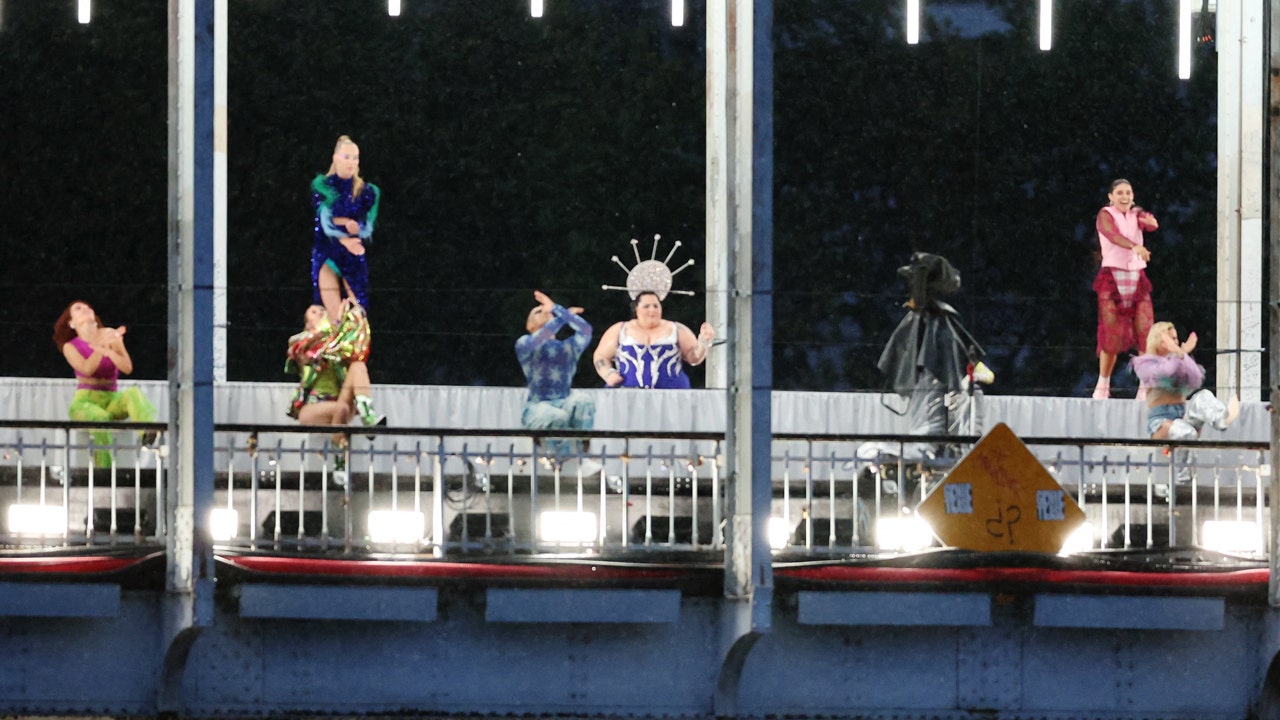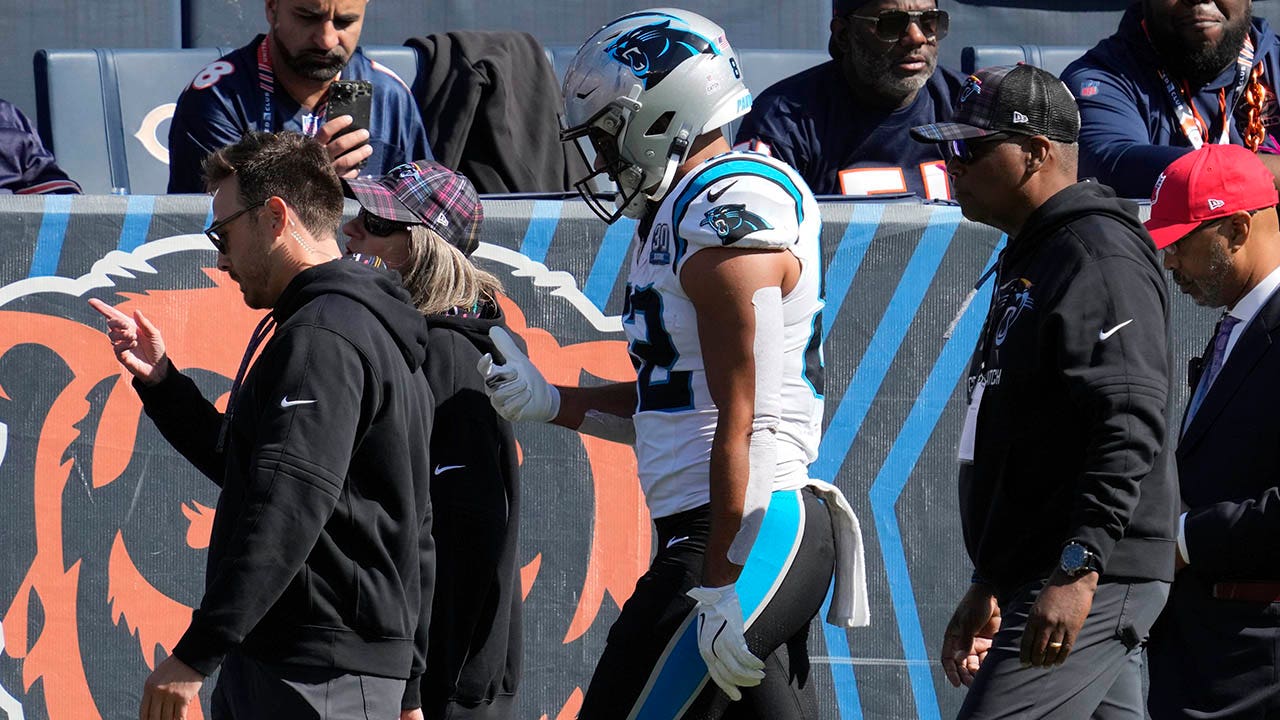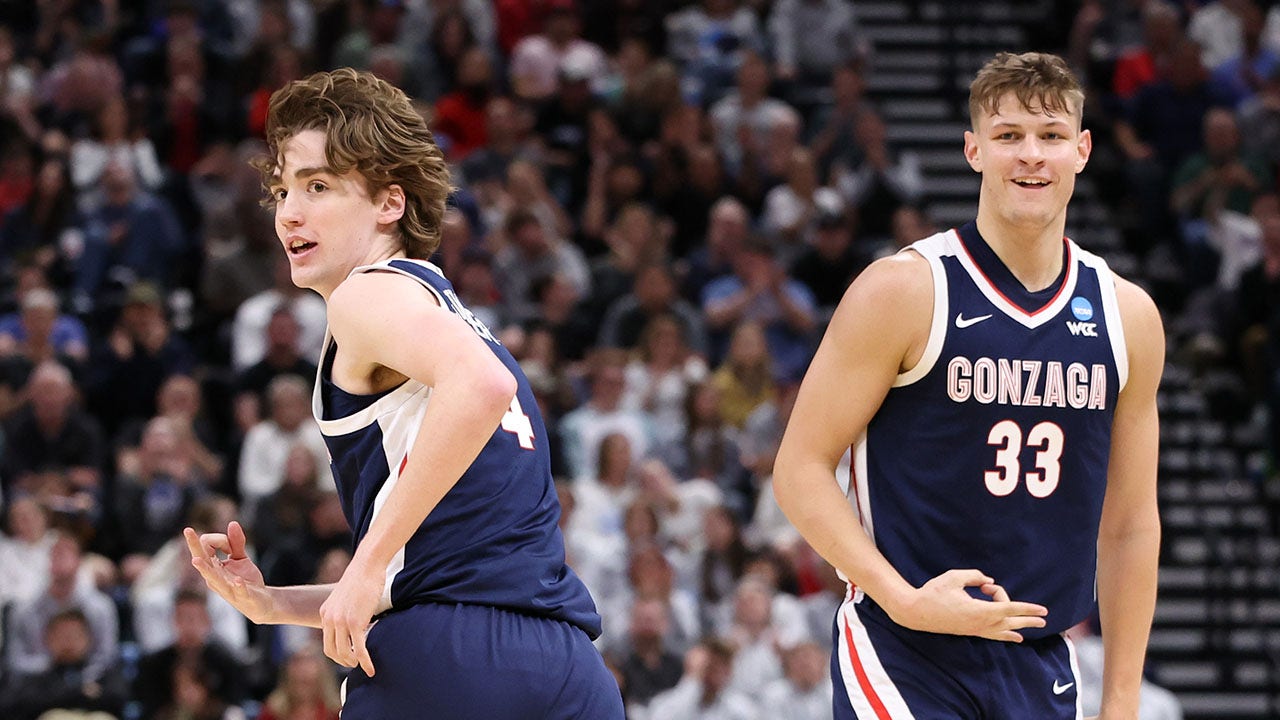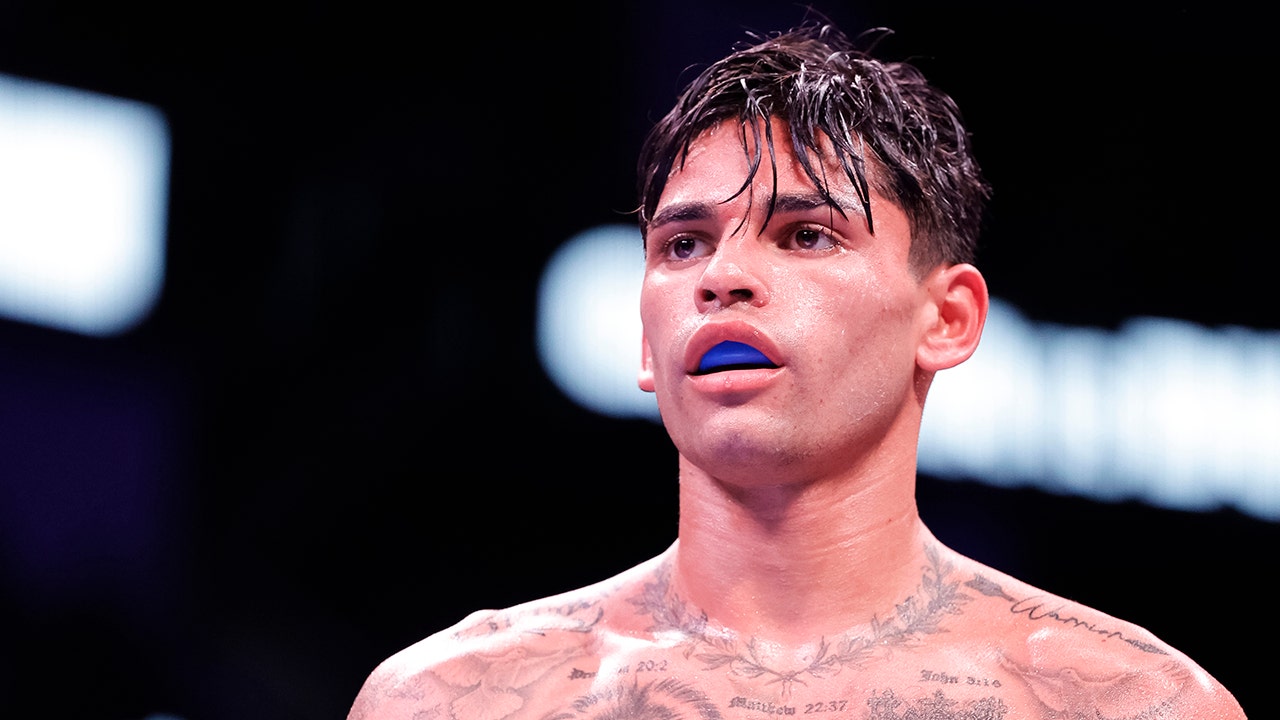Weeks before Opening Day this season, Major League Baseball sent a memo to all 30 clubs highlighting a rise in catcher’s interference. The instances of catchers being struck by the bats of opposing hitters were rising rapidly. Catcher’s interference was called 94 times in 2023, nearly 20 more times than in 2022.
What was causing the dramatic uptick? Catchers kept moving closer to the plate. In the era of pitch framing, teams deduced that the closer a catcher is to receiving a pitch, the better chance he has to “steal” a strike.
It worked well enough that catchers kept shifting closer to the batter’s box. The memo this spring essentially warned teams to cut it out and move catchers farther behind the plate to minimize risk.
But anyone who saw St. Louis Cardinals catcher Willson Contreras sustain a fractured left arm Tuesday night knows that risk remains ever-present.
Catcher’s interference calls continue to skyrocket at a historic pace. The average catcher’s interference total from 2010 to 2018 was 31. This year, it’s been called 33 times — less than two months in.
MLB’s concerns were already growing. There are more than double the interferences in 2024 compared to the 2022 season at the same point (15). The league is on pace for a record 148 catchers interferences this season. The push to frame the lower strike has inadvertently put the safety of catchers in jeopardy.
“The risk is high,” Cardinals manager Oli Marmol said earlier in the week. “We just experienced it.”
Contreras was struck flush by the swing of New York Mets’ designated hitter J.D. Martinez. The catcher underwent surgery on Wednesday and will miss a minimum of six to eight weeks. Contreras was one of baseball’s worst framers last year on borderline pitches below the zone. The Cardinals, a defense-oriented club, worked extensively with Contreras to improve in that regard.
Over his first year in St. Louis, the Cardinals overhauled Contreras’ approach, including his set-up behind the plate (Contreras ditched the traditional crouch behind the plate in favor of the one-knee down method). They also did indeed move Contreras closer to the plate.
The Cardinals are hardly the only team in baseball to deploy this method, but they were the first to pay the price for it this season.
“The more catchers are evaluated on framing, the closer they’re getting to the hitter in order to get to that low pitch,” Marmol said. “You’re seeing more catchers do that based on being able to get the low pitch, but you’re also seeing more catcher’s interference and backswings getting guys based on them being closer. Sometimes the catcher unknowingly could get closer and closer from hitter to hitter without noticing.”
That seems to have been the case for Contreras, who was caught by the swing of Martinez, who has a naturally deep swing and sets up as close to the back of the batter’s box as possible. Replays showed the head of Martinez’s bat hitting Contreras’ left arm square. It also showed just how far Contreras had reached in his attempt to frame the pitch.
Willson Contreras will leave this game after taking a J.D. Martinez swing to his left arm. pic.twitter.com/mJfiqOBf4t
— Bally Sports Midwest (@BallySportsMW) May 8, 2024
“There’s always a risk being a catcher,” Contreras said after the injury. “Could have been something different. It could’ve been off my knee, it could be a concussion. That risk is always going to be there. I’m not blaming any part of my game because this happened tonight.”
Perhaps that’s the problem. No position player in baseball takes a more constant beating than the catcher. And as teams across the board covet the low-strike call, catchers take the brunt of the consequences.
“We used to always talk about catcher interference being long strings on your glove or ticking your glove,” Detroit Tigers manager A.J. Hinch, who caught seven seasons in the big leagues said. “Then it turned into the glove in its entirety. (Contreras) is one of the first I’ve seen on a limb.”
“That is risky,” Hinch added. “The closer we get to the plate the more strikes we can grab at the bottom rail. Catchers are getting evaluated. They’re getting paid on how well they can control the bottom rail. That’s led to more and more catcher interferences throughout the game. … We do want our guys close enough to be impactful with the low strike but not walking into harm’s way. It’s a tough balance when the incentive to do it is real and the risk is extreme.”
Some teams stress the low strike more than others. Philadelphia Phillies manager Rob Thomson was a catcher in the Tigers organization for four seasons. He was taught that as the bat comes through the zone, the glove should follow.
“You’re going to catch more foul tips,” Thomson said. “You’re closer to the plate, you’re closer to the strike zone. It’s a better presentation for the umpire.”
Still, Thomson prefers his catchers keep some distance from the plate.
‘”We keep our eye on guys that do that and remind the catcher, ‘You got to back up a little bit,’” he said.
The happy medium for some teams seems to be self-monitoring. The Minnesota Twins, for example, monitor their catcher every pitch. It’s one of the primary in-game responsibilities of first-base and catching coach Hank Conger.
“A good, tight setup generally speaking is better than worse, something you prefer. But it’s obviously to avoid not just catcher interference, but injuries, too,” manager Rocco Baldelli said. “I think there’s a few reasons why (being closer) is helpful, but there are other times that we’re yelling at them to back the hell up to also be helpful, you know?”
The Atlanta Braves have two coaches assigned to catching duties. Sal Fasano is the catching coach. He’s assisted by Eddie Pérez, who spent nine of his 11 big-league seasons catching for the Braves. Pérez certainly understands the strategy behind being close to the plate but thinks the responsibility to inform the catcher he’s too close falls on those watching the game from the dugout.
“It’s always a good idea to be closer to the hitter,” Pérez said. “It’s thought that if you’re closer to the hitter, you’re going to get more calls.”
“Sal always reminds them to go back, you don’t want to get hurt,” Pérez added. “From (the dugout) you see better. When you’re catching you don’t know how far you are from the hitter, and every hitter has a different setup, so you have to adjust. … As a catcher, they’ve got to tell you from the side how close you are to the hitter.”
But the accidental blows behind the plate can sometimes be a two-way street. Catchers are frequently clipped by hitters’ swings regardless of where they’re positioned. With the average bat speed registering roughly 75 mph, some argue the responsibility lies on the batter to ensure not just their physical body remains within the parameters of the batter’s box, but their swing as well.
“The thing I don’t necessarily agree with is it can be the way people are swinging, too,” Chicago Cubs manager Craig Counsell said. “It can be the way catchers are setting up, yes. But it also can be kind of the way some people are swinging. And it’s dangerous.”
With the league on notice and MLB clearly aware of the risks, what can be done to cut down catcher’s interference — and the inherent injury risk? Cardinals’ starting pitcher Miles Mikolas suggested a physical line behind the plate that catchers cannot cross, a box of their own in a way. Could the automated ball-strike system (which theoretically eliminates the value of framing) be the answer? Possibly, but it’s an imperfect system in the minor leagues and is far from being a big-league product.
“I don’t know what they could possibly do other than reward the hitter with more bases, put him on second base,” Hinch said. “There are things you could probably do to make it super impactful to the game, but I don’t know if anything can be more impactful than losing one of your best players for six to eight weeks, 10 weeks, whatever it’s gonna be.”
The Cardinals now know how severe that impact can be. The bigger question looms: Does baseball?
— The Athletic‘s Matt Gelb, Cody Stavenhagen, Aaron Gleeman, Patrick Mooney, David O’Brien and Eno Sarris contributed to this story.
(Photo of Contreras being helped off the field: Jeff Roberson / Associated Press)






